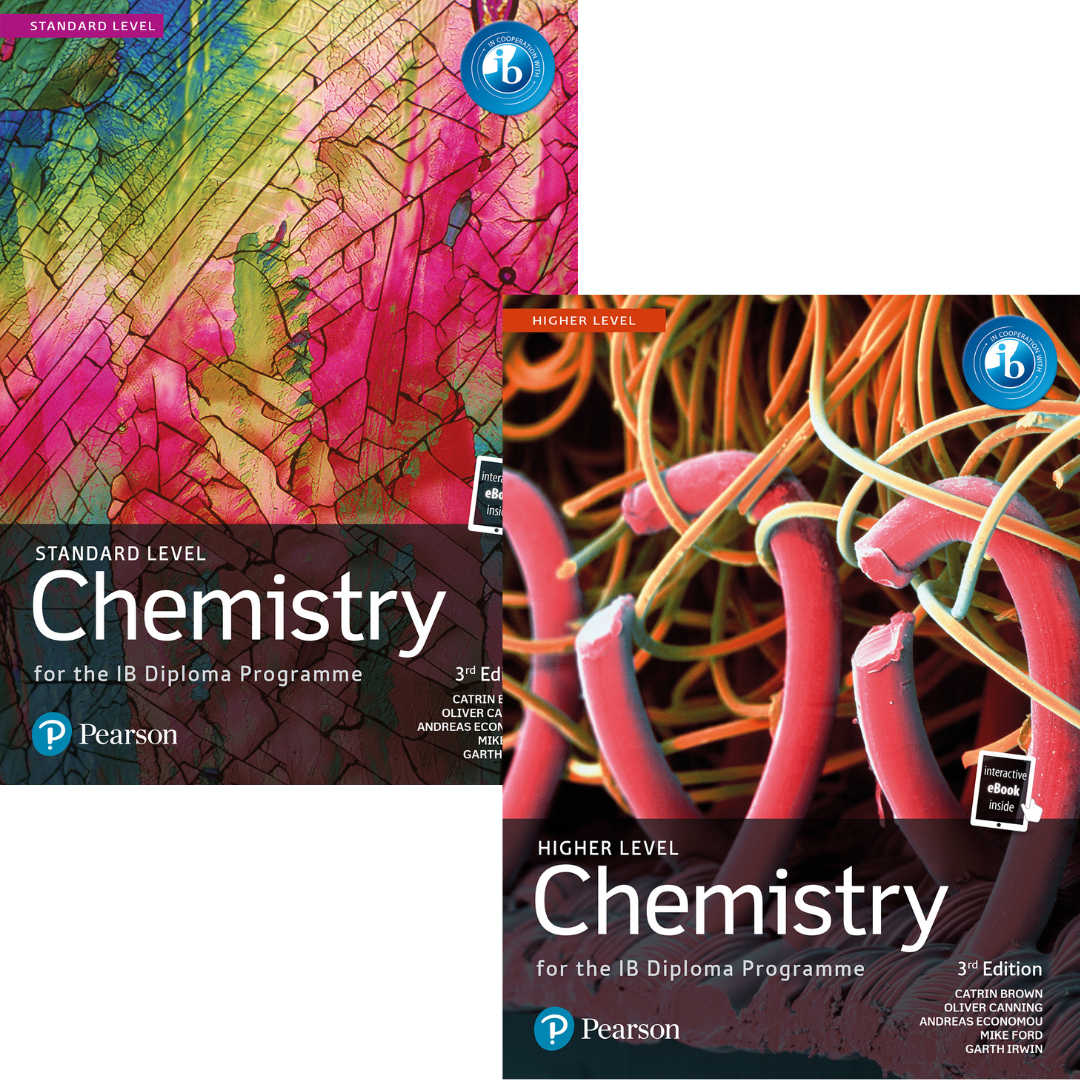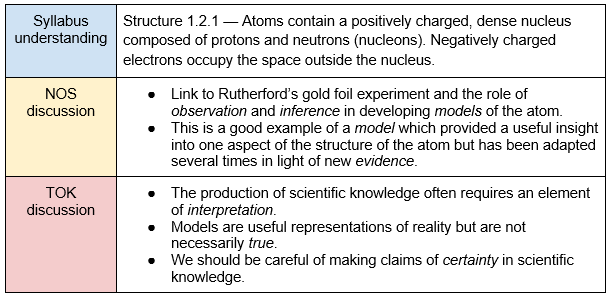
In this blog post, Oliver Canning, one of the authors of Pearson’s new Chemistry for the IB Diploma Programme series, talks about how to integrate Nature of Science (NOS) and Theory of Knowledge (TOK) into the new course.
The integration of these overarching facets into classroom learning is often hampered by a lack of familiarity with what, exactly, they are and how we might engage with them. In this post, I will provide some clarity in terms of the kinds of concepts we investigate in each and some simple strategies for their exploration with students. Note that throughout this post, NOS and TOK concepts have been italicised.
What is NOS?
NOS is an overarching theme in the IB’s Sciences subject group that addresses the purpose, features and impact of scientific knowledge. The new subject guide provides a list of ‘Aspects of nature of science’ that might be start points for what we examine in the classroom. These will address science-related questions such as:
- What is the role of classification?
- How do we develop theories?
- How do we quantify accuracy?
- What is the impact of science on society?
Although the NOS component of the course can technically be examined, its real value might be found in providing a better lens for conceptual understanding of the syllabus content. Knowing, for example, that rules and principles in chemistry tend to have exceptions, can remove cognitive stress when students are presented with conflicts such as incomplete/expanded octets or the electron configurations of Cr and Cu.
What is TOK?
At the core of the TOK course is the exploration of 12 concepts that underpin knowledge and the process of knowing: culture, values, perspective, interpretation, evidence, justification, objectivity, explanation, certainty, truth, power and responsibility. These concepts are explored through a number of ‘themes’ and five ‘areas of knowledge’ including the natural sciences where the discussion of chemistry is most relevant.
What is the relationship between TOK, NOS and the syllabus content?
One way of thinking about this relationship might be to consider the level of specificity of the concepts being explored:
- The syllabus content is focused on the granular conceptual understandings required in chemistry.
- The aspects of NOS are specific to scientific knowledge and so are applicable across the Sciences subject group.
- The central concepts in TOK are applicable to knowledge reaching across and beyond the IB programme.
The following table gives examples of possible links between concepts in TOK, NOS and the chemistry syllabus content:
Ultimately, the discussion of NOS in class will often transition to and from TOK. I do think it possible, however, to have a grasp of NOS without abstracting to the broader conceptual level required in TOK. We can list, for example, many of the positive and negative impacts of polymers without extending our thinking to the responsibilities that might be placed on scientists in terms of their research.
How can we integrate TOK and NOS into the course?
There are perhaps 3 main strategies for integrating TOK and NOS into the course. These strategies all start with an NOS understanding that can be developed into a broader TOK discussion as and when you choose.
1. NOS linking questions in the guide
The syllabus lists a number of NOS Linking Questions that can be used as the start point for a discussion. For example:
2. Find your own opportunities in the syllabus
Teachers are very much encouraged to find and create their own links to NOS/TOK in this syllabus. A read through the ‘Aspects of nature of science’ table in the guide indicates that these opportunities can be found across much of the syllabus content. For example:
3. Standalone activities
Although we are often conscious of time spent away from the syllabus content, it can be effective to integrate NOS and TOK in standalone activities. These activities can allow students to step back from the nitty gritty of the course details to gain big-picture conceptual understandings. For example:
Summary
The value of NOS understanding is often underrated given both its inclusion in examined content and the helpful conceptual lens it can provide for students. TOK, although seemingly more distant from our expertise as chemistry teachers, can provide fertile ground for critical thinking. I hope this post has provided some implementable strategies for both of these overarching themes in your classroom.
 Start your free trial
Start your free trial
Explore our complete course books for Standard Level and Higher Level Chemistry to see for yourself how they fully support you with delivering the new Subject Guides. Sign up for a free trial
Subscribe to our blog
If you’d like to stay up to date with our articles in 2023, why not subscribe to our blog? You’ll get a fortnightly roundup of the articles you’ve missed straight to your inbox, plus links to free teaching resources.





